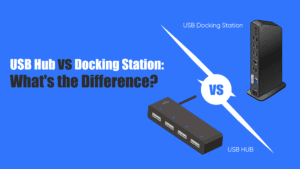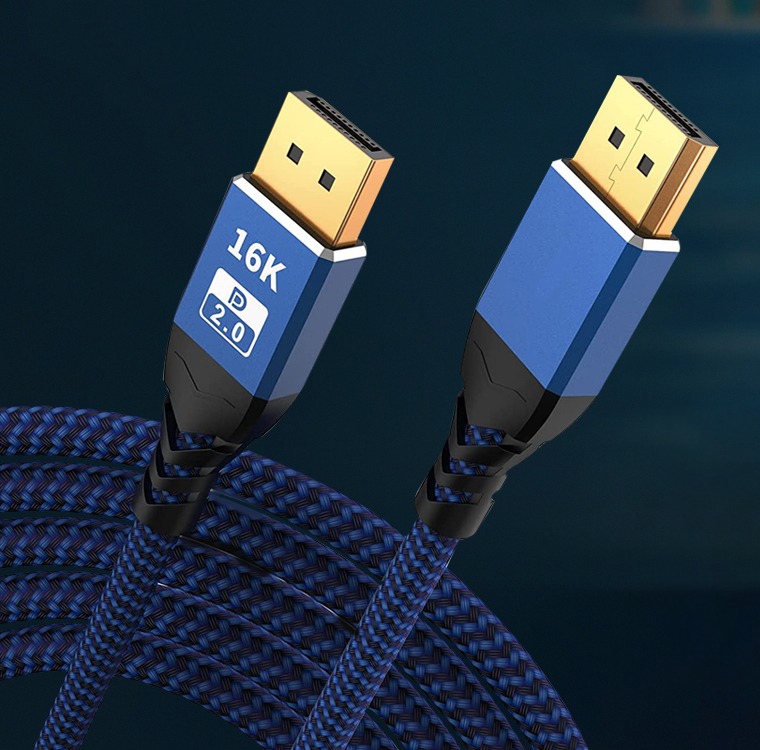When setting up a home entertainment system, terms like HDTV and HDMI cable often come up, but they refer to very different components of your setup. While both are integral to enjoying high-quality media, they serve distinct purposes. Let’s break down what each term means, their differences, and how they work together.
HDTV: High-Definition Television
An HDTV refers to a television set capable of displaying high-definition video—either 720p, 1080p, or even 4K (Ultra HD) resolution. The “HD” in HDTV stands for high definition, which offers better picture quality compared to older standard definition TVs (SDTV).
Key Features of HDTV:
- Higher Resolution: More pixels for clearer, sharper images.
- Widescreen Aspect Ratio: Typically 16:9, ideal for modern movies and shows.
- Better Color and Contrast: Enhanced picture quality through more advanced display technology.
HDMI Cable: High-Definition Multimedia Interface
An HDMI cable is a type of cable used to transmit both high-definition video and audio signals between devices like a TV, gaming console, Blu-ray player, or sound system. HDMI stands for High-Definition Multimedia Interface, and it is the standard for connecting high-quality audio and video devices.
Key Features of HDMI Cable:
- High-Speed Data Transfer: Supports 1080p, 4K, and even 8K video, plus high-quality audio.
- Single Cable Solution: Transmits both video and audio signals over one cable.
- Compatibility: Used in a wide range of modern devices like TVs, gaming consoles, soundbars, and home theater systems.
Key Differences Between HDTV and HDMI Cable
Here’s a side-by-side comparison to clarify their functions:
| Feature | HDTV | HDMI Cable |
|---|---|---|
| Definition | High-Definition Television (TV display) | Cable used for transmitting video/audio signals |
| Purpose | Display high-quality images and video | Transfer high-quality video and audio between devices |
| What it Affects | Picture quality, screen resolution | Connection quality and media transfer between devices |
| Resolution Supported | 720p, 1080p, 4K, and beyond (depending on model) | 4K, 8K, and high dynamic range (HDR) media |
| Primary Function | Displaying visual content in high definition | Transmitting signals from source to display device |
| Usage | Used in the TV set itself | Used to connect TV, console, sound system, etc. |
| Types | Varies by model, from 720p to 4K and 8K models | HDMI 1.4, HDMI 2.0, HDMI 2.1 (varied versions) |
How Do HDTV and HDMI Cable Work Together?
HDTV and HDMI cables work in tandem to provide you with the best viewing experience. While the HDTV displays high-definition video content, the HDMI cable is responsible for delivering that content from a source device (like a gaming console or streaming box) to the TV.
For example:
- HDTV: A 4K TV that supports high-definition content.
- HDMI Cable: An HDMI 2.1 cable that can carry 4K or 8K content with high refresh rates, perfect for gaming or watching ultra-high-definition movies.
Without a proper HDMI cable, even the best HDTV might not display high-quality content to its full potential. Similarly, using an outdated HDMI cable might limit the resolution or refresh rate capabilities of your HDTV.
Conclusion
In summary, an HDTV is your television set, responsible for displaying high-definition content, while an HDMI cable is the medium through which this content is transmitted from your devices to your TV. Both are essential to ensure you get the most out of your home entertainment system. Understanding their differences and how they complement each other will help you make better decisions when setting up your equipment.
Whether you’re upgrading your TV to a 4K model or ensuring you have the right cables for gaming, knowing how HDTVs and HDMI cables work together is key to enjoying optimal performance.







